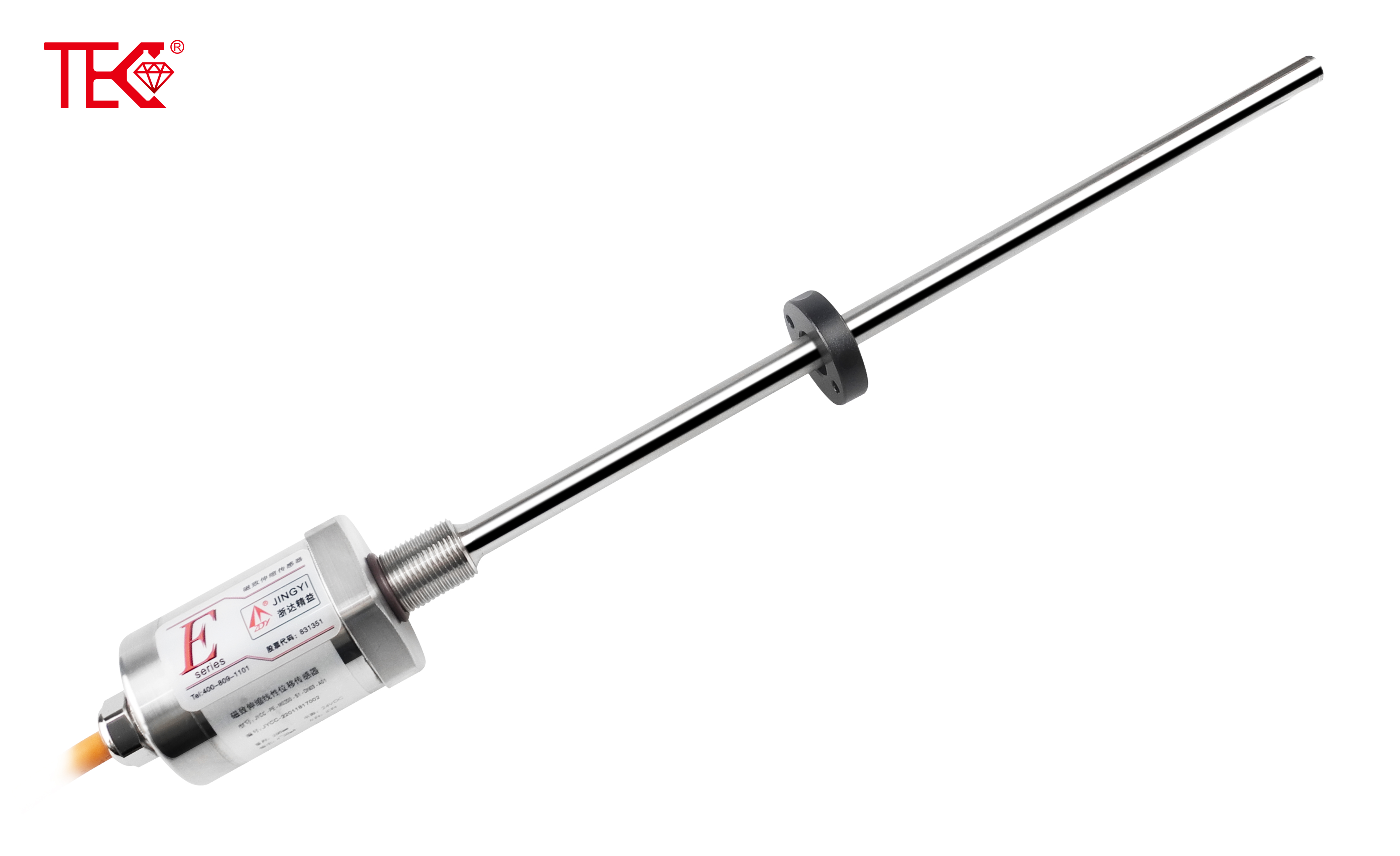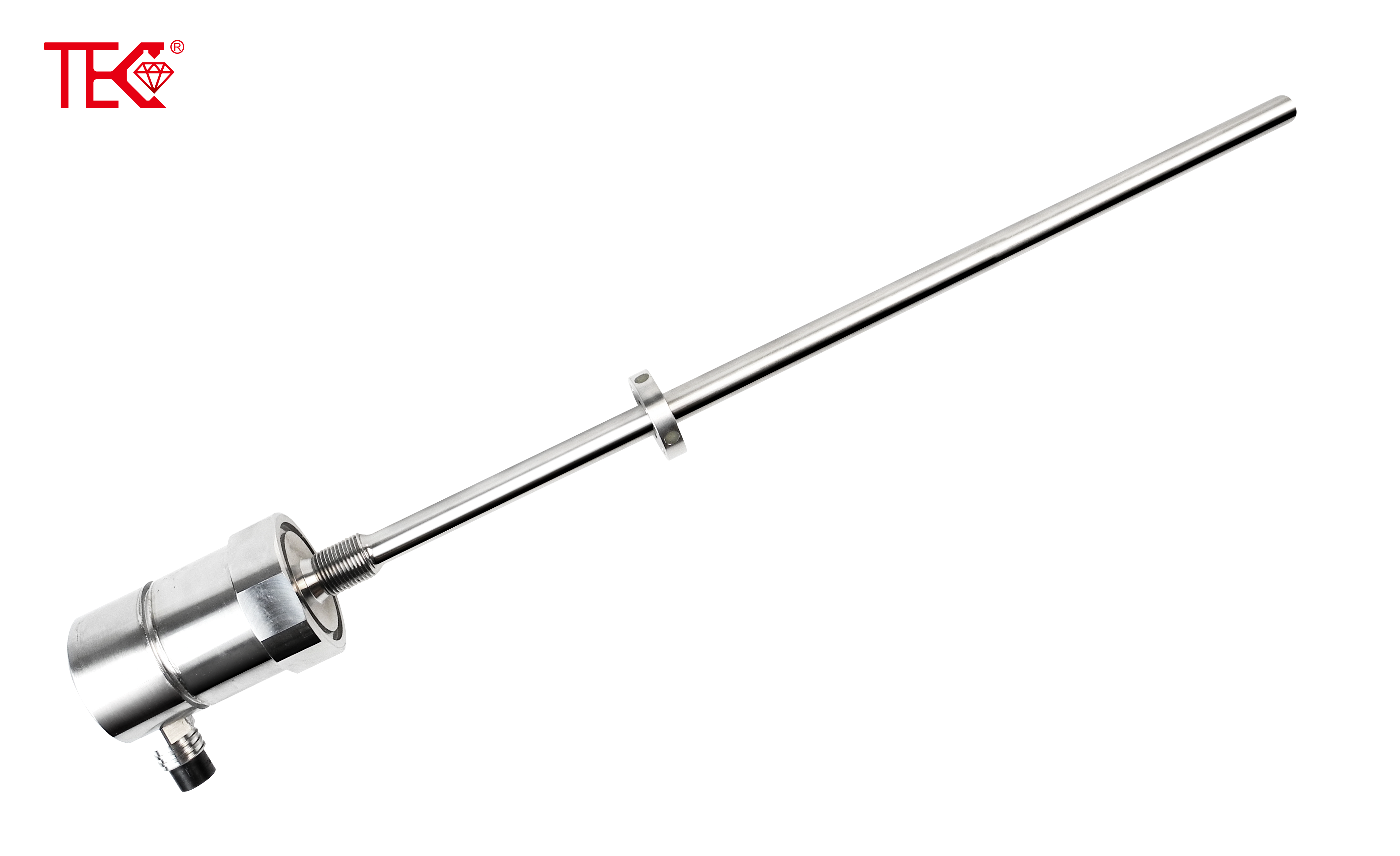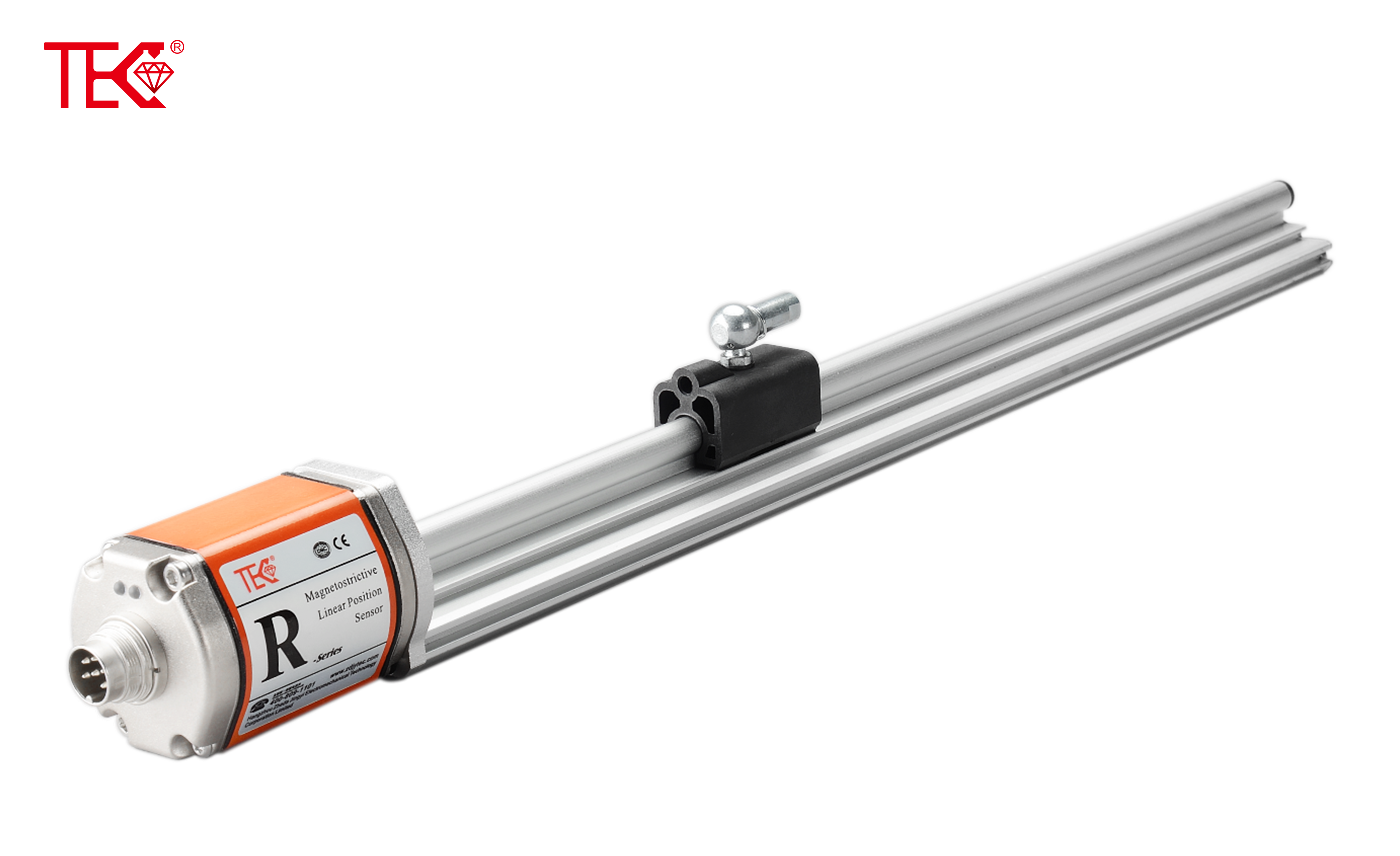The Working Principle and Components of Magnetostrictive Displacement Sensors
In the field of modern industrial automation and measurement control, magnetostrictive displacement sensors have attracted significant attention due to their high precision, stability, and wide range of applications. This article aims to delve into the working principle of magnetostrictive displacement sensors and provide a detailed analysis of their components, enabling readers to have a comprehensive understanding of this technology.
I. Working Principle of Magnetostrictive Displacement Sensors
The working principle of magnetostrictive displacement sensors is primarily based on the magnetostrictive effect. When a magnetostrictive material (usually a special alloy) is exposed to an external magnetic field, its length undergoes a slight change, known as the magnetostrictive phenomenon. The sensor utilizes this characteristic to indirectly measure the displacement of an object by measuring the change in length of the magnetostrictive material.
Specifically, the magnetostrictive displacement sensor typically includes a movable magnetic ring (position magnet) that is attached to the object whose displacement needs to be measured. As the object moves, the magnetic ring also moves accordingly. Meanwhile, the sensor has a magnetostrictive waveguide wire (sensitive element) inside, which undergoes magnetostrictive effects when exposed to an external magnetic field (generated by the magnetic field generating device inside the sensor). When the magnetic ring moves close to the waveguide wire, it changes the magnetic field distribution around the wire, causing a change in its length. This change is captured by the detection circuit inside the sensor and converted into an electrical signal output, thereby realizing the measurement of the object's displacement.
II. Components of Magnetostrictive Displacement Sensors
Magnetostrictive displacement sensors consist of several key components, each playing an indispensable role. Here are the detailed introductions to their main components:
- Magnetostrictive Waveguide Wire (Sensitive Element):
- The magnetostrictive waveguide wire is the core component of the sensor, possessing magnetostrictive properties that convert magnetic field changes into minute length variations.
- Movable Magnetic Ring (Position Magnet):
- The movable magnetic ring is attached to the object whose displacement needs to be measured. Its magnetic field interacts with the magnetostrictive waveguide wire, providing a direct basis for displacement measurement.
- Magnetic Field Generating Device:
- Responsible for generating a stable magnetic field environment inside the sensor, enabling the magnetostrictive waveguide wire to function properly.
- Detection Circuit:
- The detection circuit captures the weak electrical signals induced by the minute length changes of the magnetostrictive waveguide wire, amplifying and filtering them for subsequent data analysis and processing.
- Signal Processing Circuit:
- The signal processing circuit further processes the raw signals output by the detection circuit, including digitization, calibration, and other steps, to output accurate and reliable displacement data.
- Measuring Rod:
- The measuring rod provides structural support and positioning references for the sensor, ensuring accurate displacement measurement.
- Electronic Housing and Connection Components:
- The electronic housing protects the precision components inside the sensor from external environmental interference and damage. The connection components ensure that the sensor can be securely installed in the measurement system, preventing loosening or displacement deviations during operation.
III. Conclusion
Magnetostrictive displacement sensors achieve high-precision measurement of object displacement through the magnetostrictive effect. Their components include a magnetostrictive waveguide wire, movable magnetic ring, magnetic field generating device, detection circuit, signal processing circuit, measuring rod, and electronic housing with connection components. The close coordination and synergistic work of these components enable magnetostrictive displacement sensors to operate stably and reliably in various harsh environments, providing important technical support for industrial automation and measurement control fields.
TEC sensor editing
 How to choose a magnetostricti
How to choose a magnetostricti
 Where can the magnetostrictive
Where can the magnetostrictive
 How to choose a magnetostricti
How to choose a magnetostricti
 Working principle of explosion
Working principle of explosion
